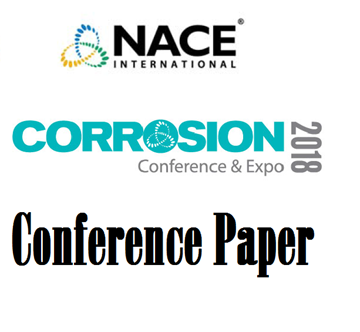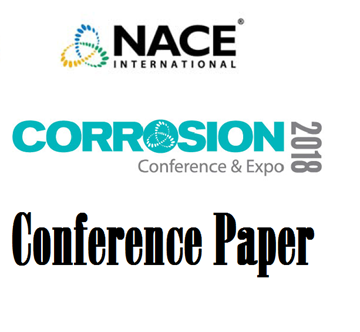Search
51318-11537-Effect of Corrosion Inhibitor Alkyl Tail Length on the Electrochemical Process Underlying CO2 Corrosion of Milld Steel
Also Purchased
51318-11540-Experience from ER Probes and Coupons from Under Tank Applications of VCI
Product Number:
51318-11540-SG
Publication Date:
2018
$20.00
51318-11505-Evaluating the impact of different families of scale inhibitors on corrosion inhibitor performance
Product Number:
51318-11505-SG
Publication Date:
2018
$20.00
51318-11517-The Effect of Corrosion Inhibitors on Corrosion Fatigue under Complex Environmental Conditions
Product Number:
51318-11517-SG
Publication Date:
2018
$20.00




